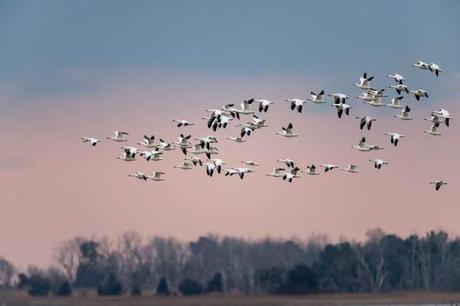 Having received reliable reports of significant numbers of Snow Geese in the marshes and wetlands along the Delaware Bay, I went to Bombay Hook National Wildlife Refuge (NWR) and Prime Hook NWR. I went with two friends, who also are passionate, experienced photographers that enjoy being outdoors even on very cold, windy mornings, which is how it was two weeks ago.
Having received reliable reports of significant numbers of Snow Geese in the marshes and wetlands along the Delaware Bay, I went to Bombay Hook National Wildlife Refuge (NWR) and Prime Hook NWR. I went with two friends, who also are passionate, experienced photographers that enjoy being outdoors even on very cold, windy mornings, which is how it was two weeks ago.
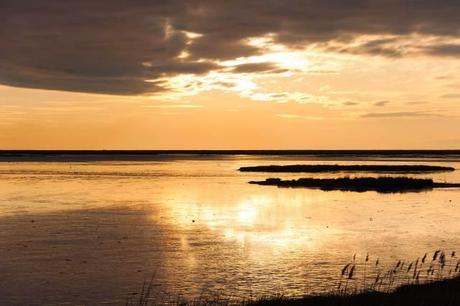
We left Friday afternoon around 3:00 and arrived at Bombay Hook NWR just before sunset, which was early enough for us to scope out the area for wildlife (in particular, Snow Geese) and look for the best location to shoot the sunrise the next morning. Sunset was pretty, but not special (above image). I have seen some awesome sunsets from the same location on other visits (two examples below from last year). Although we saw a lot of Snow Geese in farm fields near the refuge, there were none in Bombay Hook’s tidal pools and marshes. However, we did see some small groups of geese flying nearby; therefore, we hoped more would arrive later and spend the night at the refuge.


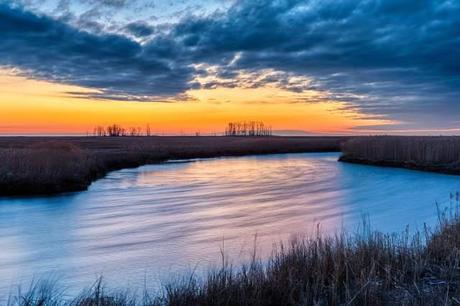
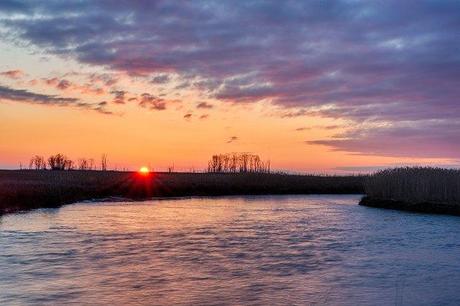
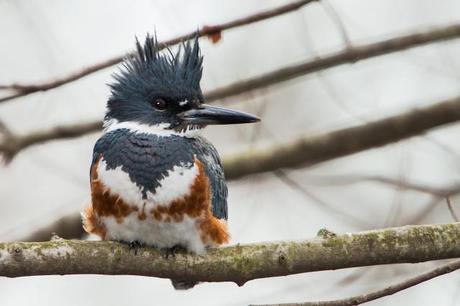
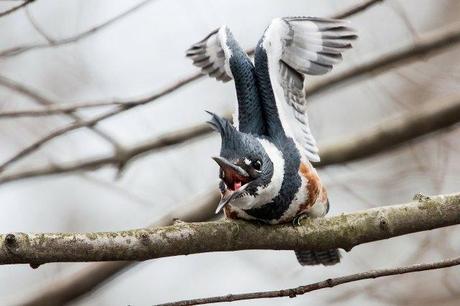
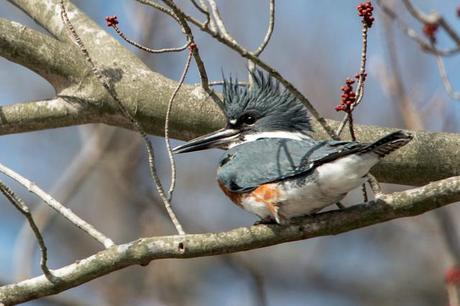
It was late afternoon when we arrived at Prime Hook NWR. Again, we hoped to find a lot of Snow Geese, or at a minimum, Snow Geese heading to the refuge for the evening, but they were not around. While there, we met a local resident whose home is on the beach; there is a small strip of land and beach within the refuge with bay front homes. He said he had been seen thousands of Snow Geese, about 4 out of 7 days a week. Unfortunately, it looked like it was going to be one of those days when the geese did not return. Nevertheless, we agreed to return at sunrise with hopes of finding them there. It was the same location where I had seen and photographed over 200,000 geese last year. Therefore, we were hopeful.
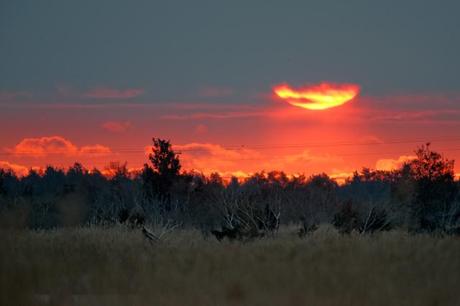
After arriving at the better location and setting up my camera (Nikon D800 with 600mm lens), it was not too long before the Snow Geese became louder and very restless. Many small groups were beginning to take flight, leaving behind the majority of the geese. However, it was not long before all the remaining Snow Geese, at least 15,000, took flight and blasted out of the water almost in unison. It was exciting to see and hear. One minute, it was very noisy with the loud constant squawking of the geese, but then they were quickly gone, and it was dead silent. We left too, but it was too early to head home.
I also videoed a fairly large group of Snow Geese as they began to stir in the morning light, moving around in and out of the water. Below is the video, followed by a serious of images of the Snow Geese lifting off and beginning their flight inland to feed. (Turn your speakers on to hear the geese.)

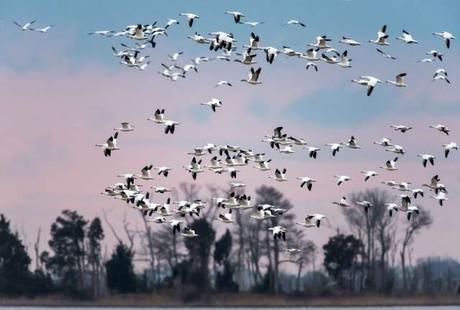
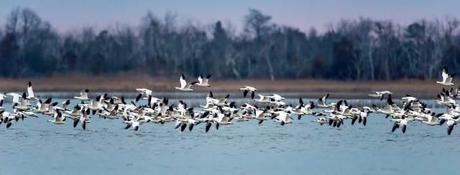
Shortly after entering Blackwater NWR, we stopped and entered a wooded area to locate an eagle’s nest (below image) to see if there was any visible activity, but there was none to be seen. However, I heard from a reliable source that there was an eagle sitting on eggs in that nest. She was probably there, but down low in the nest out of the wind.
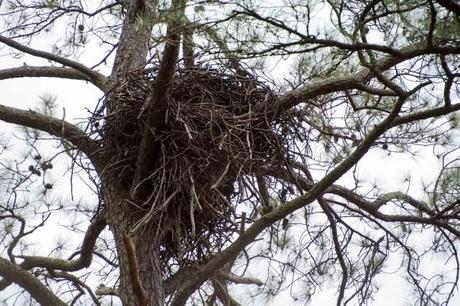
It was a fabulous weekend with friends, photography, and some of Nature’s spectacular beauty.
